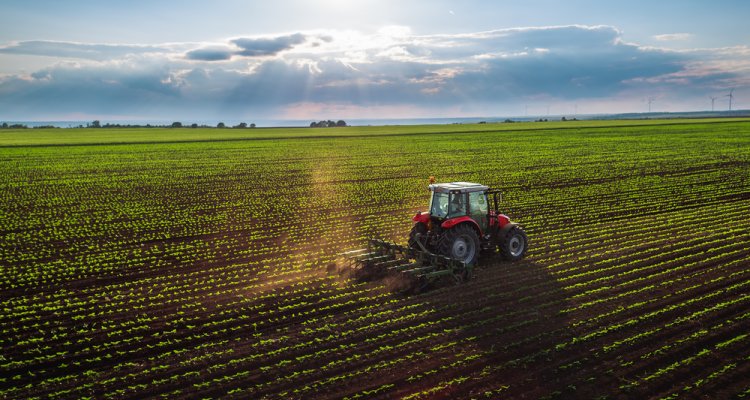
PhD defence
Biodiversity conservation and ecosystem service promotion are different but compatible objectives: Relationships between environmental factors and natural enemies and natural pest control
Summary
Agricultural intensification is a key factor contributing to the decline in biodiversity. Simultaneously, this impact also affects agricultural production itself, as it heavily relies on the diverse functions provided by ecosystems supported by diverse organisms. Ecological intensification, aimed at promoting ecosystem services by conserving the species that provide these services, has been proposed as a solution to this dilemma. This approach allows for the maintenance or improvement of agricultural productivity, ultimately resulting in a win-win situation where both agrobiodiversity conservation and food security are simultaneously achieved. To assist the agricultural sector in implementing ecological intensification, this thesis examines how various environmental factors at different spatial scales influence the diversity and composition of multiple guilds, exploring how these effects translate into the provisioning of ecosystem services. Our findings indicate that various guilds of natural enemies respond inconsistently to agricultural intensification. This suggests the need to distinguish between well-adapted species and those negatively affected by agricultural intensification and expansion. Implementing more specific measures may be necessary to promote the conservation of the more vulnerable species. Furthermore, our results suggest that conservation measures should be implemented at multiple spatial scales, taking into account their interactions. Our study confirms that, under the right conditions, agrobiodiversity conservation and the delivery of ecosystem services can be compatible objectives in agricultural landscapes.